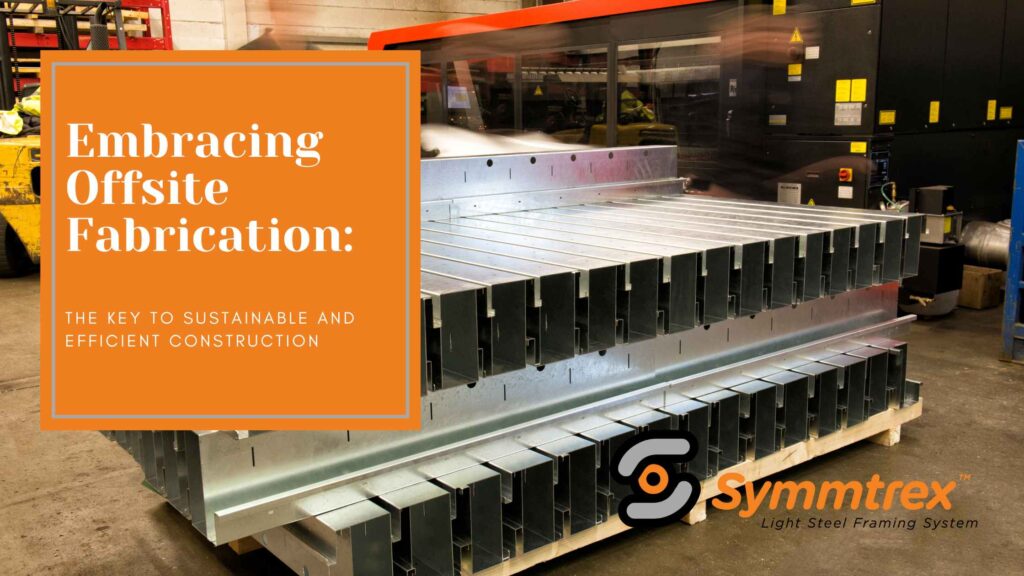
In the contemporary construction landscape, the push towards more sustainable and efficient practices has led to a significant shift in how projects are approached. Offsite fabrication, a method where building components are pre-made in a factory setting before being transported to the construction site for assembly, is at the forefront of this transformation. This approach not only streamlines the building process but also aligns with the global agenda for greener and more resource-efficient construction methods.
The Rise of Offsite Fabrication
A Shift Towards Sustainability
The construction industry has long been criticized for its environmental impact, characterized by excessive waste, high carbon emissions, and inefficient use of resources. However, the advent of offsite fabrication has introduced a paradigm shift, emphasizing sustainability at every stage of the construction process. Sources like AECOM and NEEP highlight how this method minimizes waste, reduces on-site disturbances, and promotes the use of sustainable materials, making it a cornerstone for future construction practices.
Efficiency Redefined
Offsite fabrication is not just about environmental benefits; it’s also about redefining efficiency within the construction industry. By pre-manufacturing components in a controlled environment, projects can achieve significant time savings, with some reports suggesting reductions in overall construction time by up to 50%. This method ensures that weather delays, labor shortages, and scheduling conflicts have minimal impact on project timelines, as detailed by sources like CertainTeed and Modular Home Source.
The Benefits of Offsite Fabrication
Enhanced Quality Control
One of the key advantages of offsite fabrication is the ability to maintain stringent quality control measures throughout the manufacturing process. Factory settings allow for greater oversight and consistency in production, leading to higher-quality outcomes that meet or exceed traditional construction standards. This level of control is crucial for ensuring the longevity and durability of constructed buildings.
Cost-Effectiveness
Despite misconceptions, offsite fabrication can lead to considerable cost savings for construction projects. The precise nature of factory production reduces material wastage, while the expedited construction timeline lowers labor costs and minimizes the financial impact of delays. Furthermore, the predictability associated with offsite fabrication allows for more accurate budgeting and financial planning.
Promoting Innovation
The move towards offsite fabrication has also spurred innovation within the construction industry. Companies are now exploring new materials, technologies, and design methodologies that are compatible with prefabrication processes. This environment of innovation not only enhances the capabilities of offsite fabrication but also encourages a culture of continuous improvement and adaptation.
Overcoming Challenges and Looking Ahead
Navigating Logistical Hurdles
While offsite fabrication offers numerous benefits, it also presents unique logistical challenges, particularly concerning the transportation of large prefabricated components. However, advancements in logistics and transportation technology are gradually overcoming these obstacles, making offsite fabrication feasible for an increasing number of projects.
Changing Industry Perceptions
The transition to offsite fabrication requires a cultural shift within the construction industry. Overcoming traditional biases and demonstrating the tangible benefits of this approach are essential for its wider adoption. Success stories and case studies, such as those shared by Whitley Manufacturing and Boxprefab, play a crucial role in changing perceptions and showcasing offsite fabrication’s potential.
The Future of Construction: Sustainable and Efficient
As we look to the future, offsite fabrication stands out as a key driver for sustainable and efficient construction. Its alignment with environmental goals, coupled with the operational efficiencies it brings, positions offsite fabrication as a transformative force in the industry. With ongoing technological advancements and a growing recognition of its benefits, offsite fabrication is set to redefine construction practices, promising a future where buildings are not only constructed faster and at a lower cost but also with a significantly reduced environmental footprint.
In conclusion, embracing offsite fabrication is not merely an option but a necessity for the construction industry’s evolution. It represents a harmonious blend of efficiency, sustainability, and innovation, paving the way for a greener, more efficient, and forward-thinking approach to building the structures of tomorrow.

